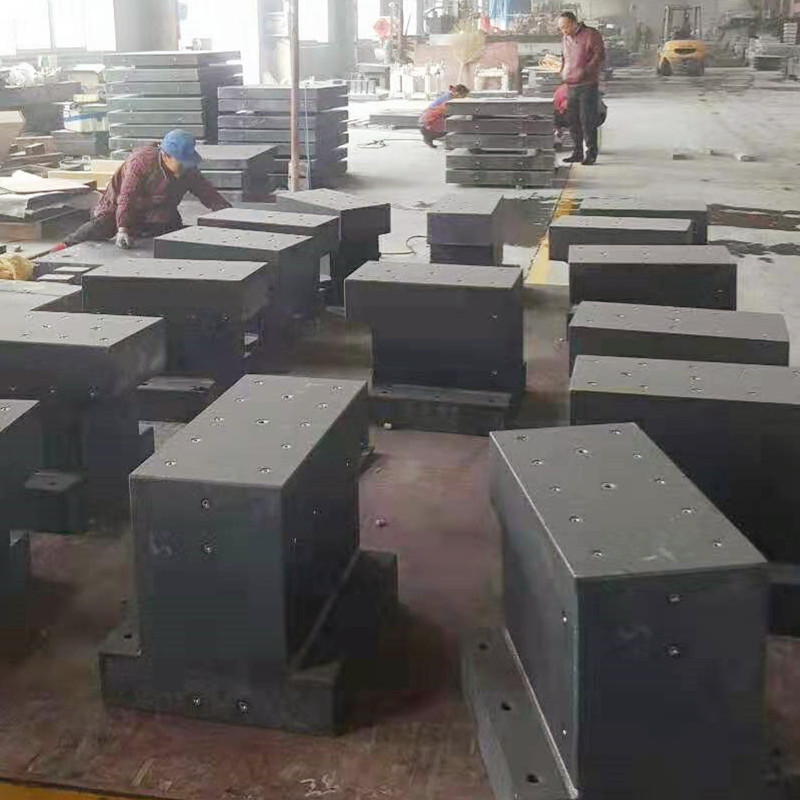ნოე . 13, 2024 17:27 Back to list
tilting check valve
Understanding Tilting Check Valves Operation, Applications, and Benefits
Tilting check valves are essential components in various fluid systems, playing a critical role in ensuring the proper flow direction while preventing backflow. These valves, engineered for both efficiency and reliability, are commonly used in industries such as water treatment, chemical processing, and oil and gas. This article delves into the operation, applications, and benefits of tilting check valves, highlighting their importance in modern engineering solutions.
Operation of Tilting Check Valves
Tilting check valves operate based on a simple yet effective mechanism that allows fluid to flow in one direction while preventing reverse flow. The main component of the valve is a tilting disc that pivots on a hinge. When fluid flows in the intended direction, the pressure pushes the disc off its seat, allowing passage. However, if the flow direction reverses, the disc tilts back to its original position, sealing the valve and blocking backflow.
This tilting action is advantageous over conventional swing check valves, as it reduces the amount of space needed for operation and minimizes the risk of valve chatter—a condition where the valve rapidly opens and closes due to fluctuations in pressure. Tilting check valves are designed to respond more effectively to changes in fluid dynamics, making them a reliable choice for dynamic systems.
Applications of Tilting Check Valves
Tilting check valves are used in a variety of applications across multiple industries. Their ability to effectively manage flow direction and prevent backflow makes them ideal for
1. Water and Wastewater Treatment In water treatment facilities, these valves help control water flow through various stages of purification and prevent contamination by stopping backflow in the system. They are crucial in ensuring that treated water remains free from pollutants.
2. Chemical Processing In chemical plants, tilting check valves manage the flow of corrosive and hazardous fluids, ensuring that backflow does not occur, which could lead to contamination or unsafe conditions. Their durable construction allows them to handle high-pressure and high-temperature applications.
3. Oil and Gas The oil and gas sector relies on tilting check valves to manage the flow of crude oil and natural gas through pipelines and refineries. They provide a necessary safeguard against reverse flow, protecting equipment and processes from potential damage.
tilting check valve

4. HVAC Systems In heating, ventilation, and air conditioning (HVAC) applications, these valves help control airflow and ensure that hot or cold air flows in the intended direction, enhancing system efficiency.
Benefits of Tilting Check Valves
The use of tilting check valves offers numerous benefits
- Prevention of Backflow The primary function of tilting check valves is to prevent backflow, safeguarding systems against potential damage and ensuring operational safety.
- Reduced Pressure Drop These valves typically exhibit lower pressure drop characteristics compared to traditional check valves, which translates to improved system efficiency and reduced energy consumption.
- Versatile Design Tilting check valves come in various designs and materials, allowing for customization to specific applications, whether in corrosive environments or systems with varying pressure requirements.
- Ease of Maintenance The simple design of tilting check valves facilitates easy installation and maintenance. Many models do not require regular maintenance, which can help reduce operational costs over time.
- Increased Reliability The robust construction of tilting check valves ensures they can withstand the rigors of industrial environments, leading to a longer lifespan and decreased likelihood of failure.
Conclusion
Tilting check valves play a vital role in maintaining the integrity and efficiency of fluid systems across various industries. Their ability to prevent backflow, combined with their efficient operation and versatility, makes them an invaluable component in modern engineering. As industries continue to evolve, the demand for reliable and efficient flow management solutions, like tilting check valves, will remain a critical consideration in system design and operation.
-
Thread Micrometer Set FeaturesNewsJul.04,2025
-
Right Angle Ruler Tool for WoodworkingNewsJul.04,2025
-
Precision Frame Level Calibration StepsNewsJul.04,2025
-
Magnetic Vee Block MaterialsNewsJul.04,2025
-
Heavy Duty Ground Anchors in MiningNewsJul.04,2025
-
Features of Welding Table Cast IronNewsJul.04,2025
Related PRODUCTS









